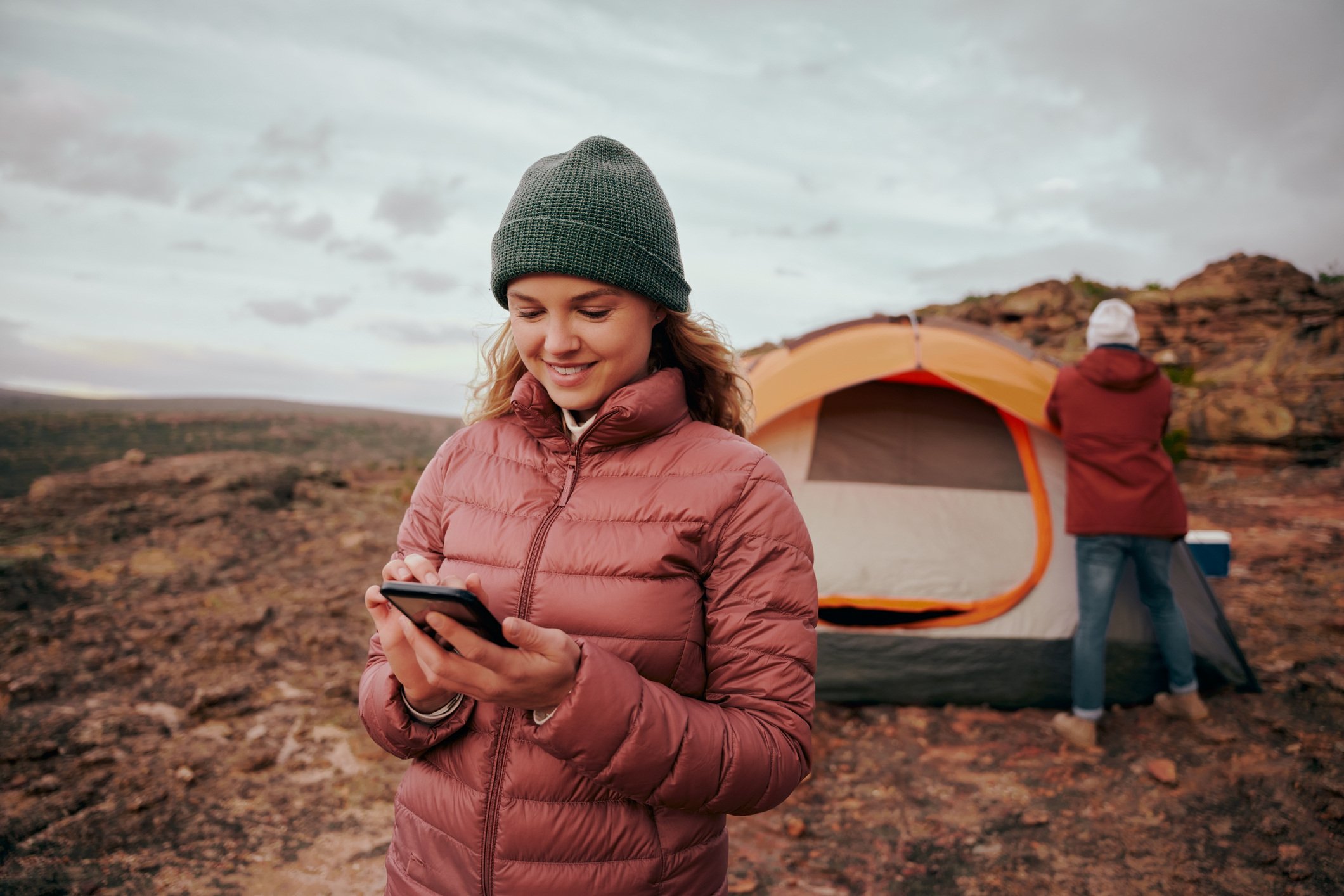When guests stay at your campground, there are a lot of things they probably expect — a nice campsite, fire rings, a shower area, dog friendliness, and maybe even Wi-Fi! Those are (becoming) the basics in today’s world and properties who want repeat visits do their best to deliver.
But there’s one feature that’s missing from that list and it’s just as fundamental to campers’ comfort—peace of mind.
Campgrounds are vastly different from other accommodation businesses, which have a high volume of people in a concentrated indoor area. So, expectations from campers differ from those staying at hotels, for instance. However, there still is an unspoken assumption that there is a strategy in place in case of natural disasters, fires, and other crises. Afterall, states require parks to have an emergency plan in place. But campers often don’t think about it and probably don’t ask what that plan is.
The truth is though—campers would appreciate the information if it was offered to them. That’s why it’s a great idea to offer at least a plan overview to campers upon arrival—or include it in a campsite confirmation email. It will give them peace of mind, and during an emergency, may be advantageous for your campground staff.
Here are a few of the most important features to cover.
A FRIENDLY INTRO
You don’t want to alarm campers when offering the emergency preparedness highlights, so make sure to begin the document with a friendly opening.
An example might be:
Welcome to _ _campground. We want your visit to be as fun, memorable and safe as possible. In the unlikely event of a man-made or natural disaster, it’s important that you’re prepared and understand safety procedures, including evacuation routes. Take a look at this material so if a problem arises, you can respond appropriately and stay safe.
EVACUATION ROUTES
Provide a color-coded, detailed map of evacuation routes out of your campground, along with all exits/entrances into the park. Make sure to clearly mark fixed obstacles that could hinder efforts, as well as flood zones, septic areas and structures. Also feature the order of evacuations to avoid traffic backups and panic (campsites 1–10 evacuate first/11–20 evacuate second/etc.). In addition to that map, include an Elevation/Terrain Map, which you can download from Google Maps.
EMERGENCY PROCEDURES
- Outline how you will alert campers (loud speaker, site visits, texts, megaphone, etc.) to the emergency
- When alerting campers, specify the type of emergency (earthquake, fire, etc.) and what steps to take
- Tell campers to call 9-1-1, and then contact the parks office if there is a fire or other serious danger unfolding
- Remind campers to stay calm and evacuate park (if necessary) in an orderly fashion
- Let campers know that during an evacuation, all electronic gates will be shut off and left in the open position
- Offer alternate safety suggestions if routes are obstructed or impassable
EMERGENCY NUMBERS
Provide all necessary emergency numbers, including 9-1-1, the local fire department, the park office’s daytime phone number, and 24-hour number.
PERSONAL CHECKLIST
- Give guests a quick checklist so they can form their own emergency plan. Know what natural disasters are possible in the area
- Prepare for those possibilities by bringing ample supplies and being familiar with the area’s warning signals
- Learn the campground’s evacuation routes
- Inquire about special help for the elderly or handicapped
- Find out about local animal care in case of emergencies (not all emergency shelters allow animals)
DISCLAIMER
Make sure to feature a disclaimer stating that the park is not responsible for physically evacuating campers or providing services or materials during a crisis.




